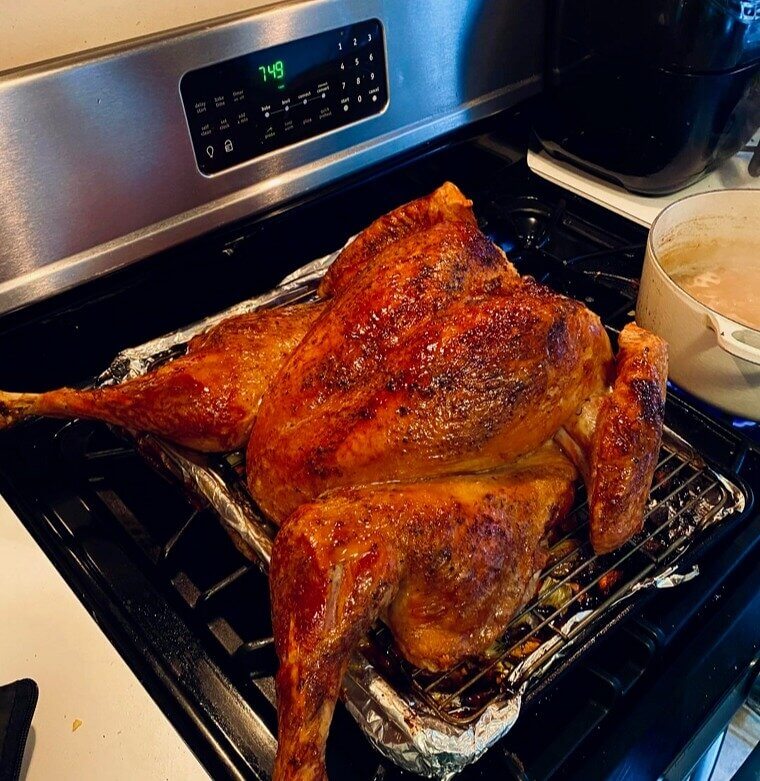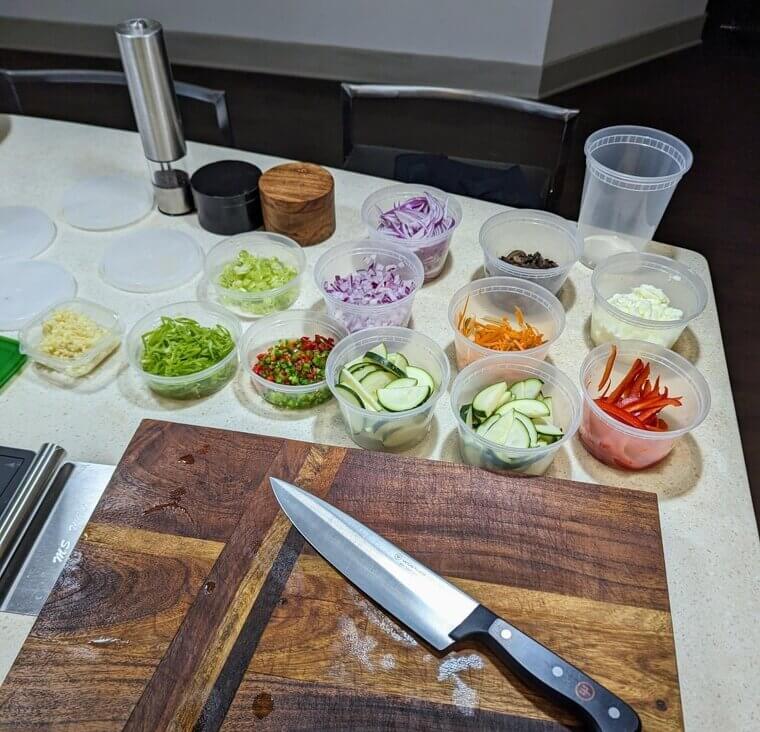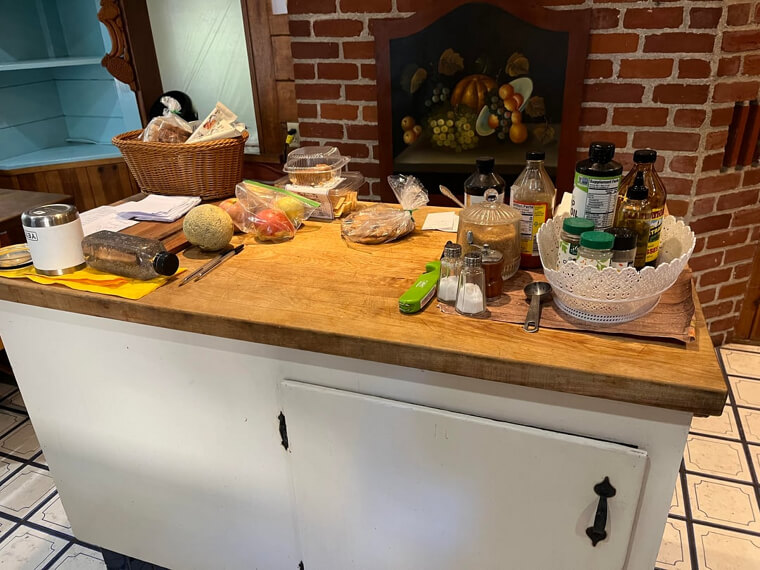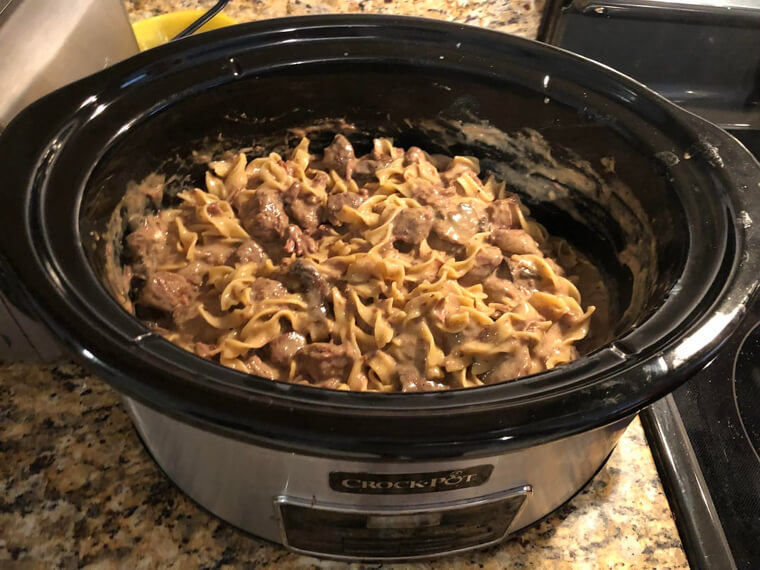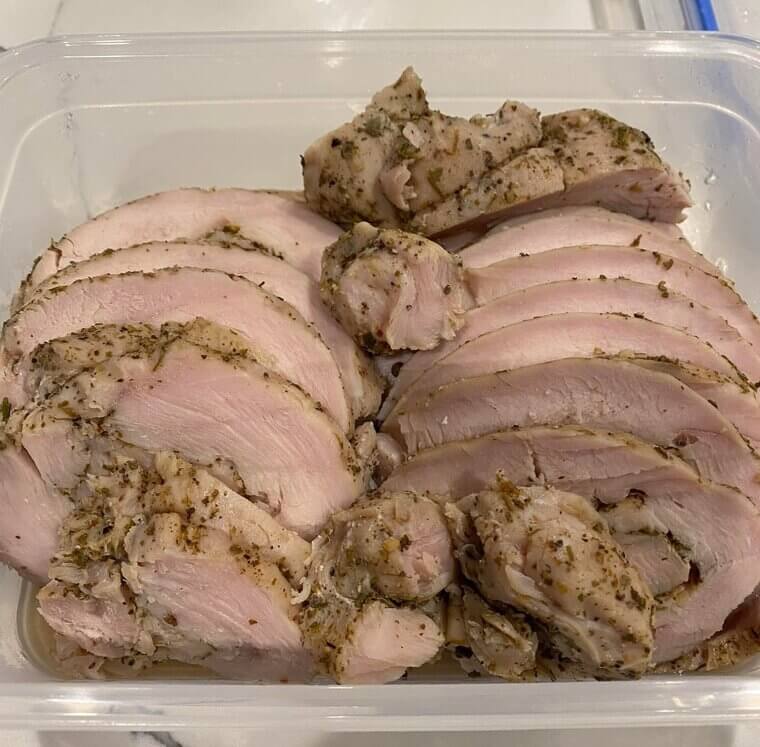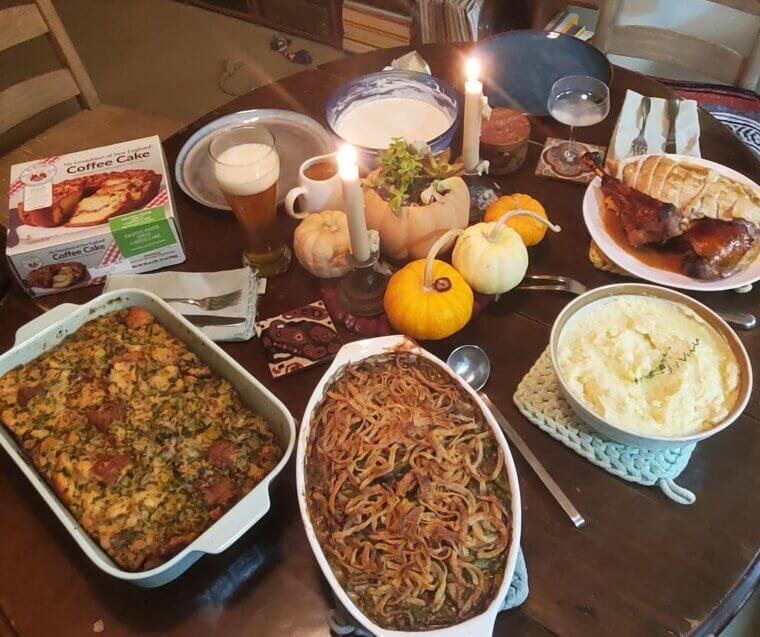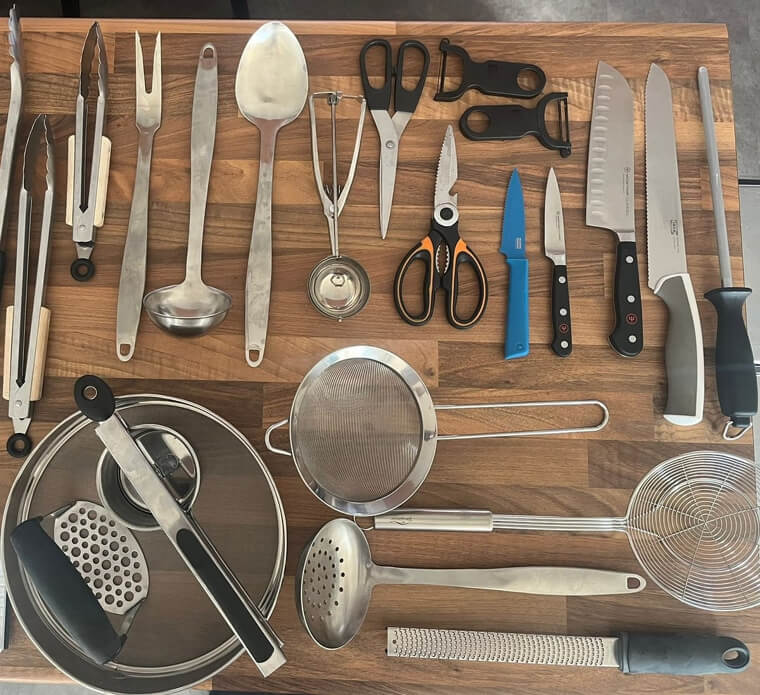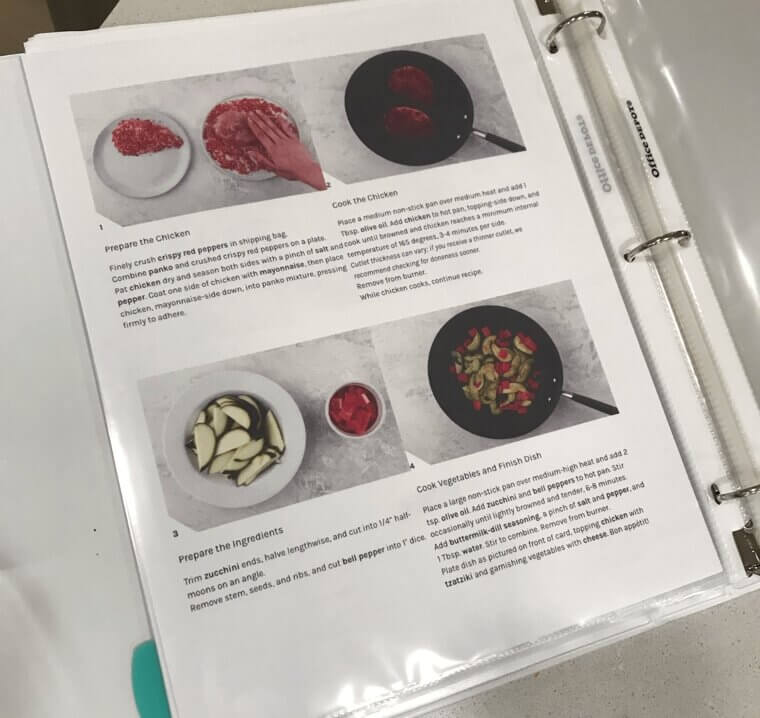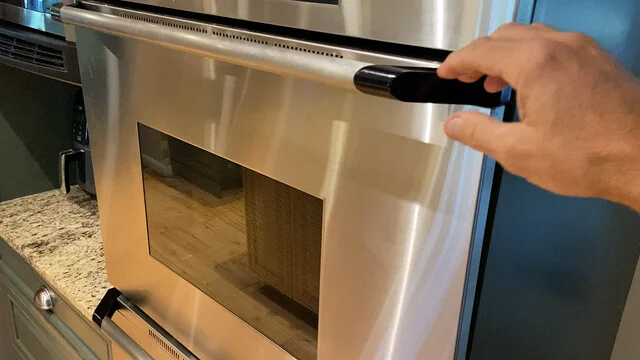Plan Your Menu Around the Oven
One of the biggest mistakes people make is overbooking their oven. Choose recipes that can be made on the stove, in a slow cooker, or even served cold. Timing out your oven use ahead of time prevents last-minute pan juggling. You can also bake casseroles and pies a day early and simply reheat them before serving. Your future self will thank you when everything finishes on time and nothing gets cold waiting for space.
Chop, Measure, and Mix in Advance
Prepping ingredients before the big day makes cooking feel effortless. Chop vegetables, measure dry ingredients, and make sauces or dressings ahead of time. Store everything in labeled containers so you can grab what you need without stopping to measure in the middle of cooking. This trick keeps your counters clear and your focus on the stove. It also gives you a sense of calm control when everything else starts moving fast.
Group Your Ingredients by Dish
Instead of keeping everything scattered across the kitchen, group ingredients by recipe. Use sheet pans or large bowls as organizers. When it is time to cook, you can pull out one tray and have everything ready to go. It is a trick professional chefs use to stay efficient during busy service, and it works just as well at home. No more searching for that one spice while the onions start to burn.
Use Your Slow Cooker for Side Dishes
The slow cooker is an underrated holiday hero. It can handle mashed potatoes, stuffing, or even mac and cheese while freeing up valuable oven space. You can make these dishes earlier in the day and keep them warm until serving time. That steady, hands-off cooking lets you focus on the more time-sensitive parts of the meal. The result is hot, ready food without the stress of last-minute multitasking.
Cook Once, Use Twice
Holiday meals often use overlapping ingredients. Roasted vegetables can double as salad toppers. Turkey can become soup or sandwiches the next day. Planning meals with crossover ingredients saves time, reduces waste, and helps you make the most of your cooking efforts. When your menu works together, you get more variety with less effort. It also means fewer grocery trips, which is a gift in itself during the busy season.
Keep a “Hot Zone” for Finished Dishes
Timing is everything when you are serving a big meal. Designate an area of your kitchen or dining table to keep finished dishes warm while you prepare the rest. If your oven has a warming drawer, use it. Otherwise, cover dishes with foil and place them near the oven or over a low burner. This keeps everything at the right temperature without overcooking or drying out your hard work.
Stick to Recipes You Know
The holidays are not the time to experiment with a ten-step soufflé or a new turkey brine. Cooking familiar dishes means less stress and fewer surprises. You can always add a new side or dessert for fun, but let the main meal be something you have already mastered. Confidence in your recipes translates into smoother cooking and a meal that feels effortless, even if you worked on it for days.
Organize Your Tools Before You Start
It is frustrating to dig for your favorite spatula while gravy starts to boil over. Before you begin cooking, gather the tools you will need for each recipe. Keep measuring cups, tongs, and mixing bowls nearby. Make sure knives are sharp and your cutting board is clean. Taking five minutes to set up before you start saves you from unnecessary stress later. Think of it as setting the stage for success.
Make a Master Cooking Schedule
When you have multiple dishes, it helps to map out what needs to happen when. Write down start times, cooking durations, and resting periods. Tape the list to the fridge or a cabinet for quick reference. Seeing everything laid out visually keeps you on track and prevents overcooked or forgotten dishes. It also helps you delegate if someone offers to lend a hand. A written schedule turns chaos into coordination.
Let Your Oven Cool With the Door Open
After the meal is over, your oven still has one more job. Turn it off and crack the door slightly to use the remaining heat to keep food warm or dry out damp cookware. It also helps your kitchen return to a comfortable temperature faster. It is a small, efficient trick that makes cleanup and serving easier. Plus, it feels like you are getting one last bit of work out of the hardest-working appliance in the house.

